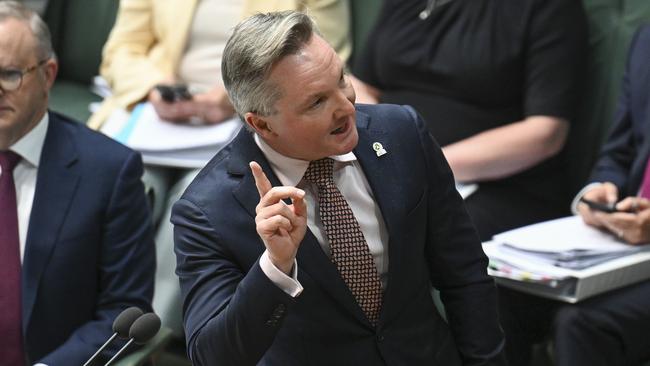
“I completely acknowledge it’s a big job with many road bumps on the way,” he said. “If it was easy, someone else would have done it.”
Weaning Australia off coal without returning to the Stone Age was always going to be a little more complicated than, say, falling off a log. Yet it is misleading to suggest it hasn’t been done before.
Ontario, for example, managed to kick its coal habit nine years ago. Finland aims to be coal-free by 2029, and will likely get there sooner now that the new pressurised reactor at Eurajoki is up and running. However, both jurisdictions cleansed their grids with nuclear, which is viewed as cheating in the eyes of renewable fundamentalists.
The size of Bowen’s challenge is beyond reckoning.
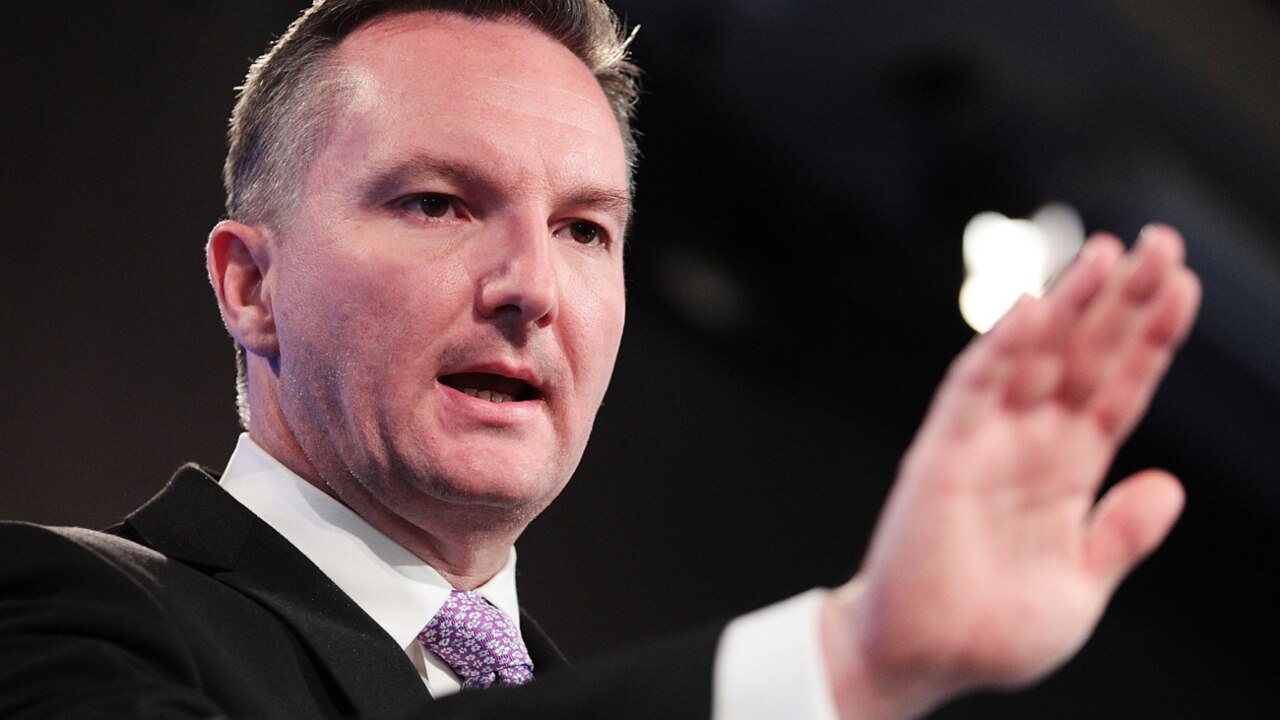
In the past 12 months, water, wind and solar power generated some 31 per cent of the electricity in the National Electricity Market. In the next 78 months, we must somehow install enough solar panels, turbines, grid-forming inverters, transmission lines and backup or storage to lift the carbon-free component to 82 per cent.
That is a percentage point reduction in carbon intensity every seven weeks.
Yet Bowen told the business gathering his targets are not only achievable but “very, very achievable for Australia with our abundant renewables”.
Bowen makes the common mistake of assuming the resources required to generate electricity from water, wind and solar power are inexhaustible. They are not.
Setting aside the engineering challenge of accomplishing Bowen’s seven-year plan, overcoming scarcity is the biggest hurdle he faces. Solar power, wind energy, gravity and water are just a few of the resources required to build industrial-scale renewable factory farms. The scarcities that loom largest are land and capital.
We are relearning the lesson that broke the hearts of Australia’s pioneering farmers in the late 19th century: even in a country as vast and sparsely populated as this one, you eventually run out of space.
Former chief scientist Robin Batterham and his team at Net Zero Australia have provided some helpful modelling on how much land we’ll have to surrender to construct enough renewable plants and associated transmission lines to meet Bowen’s target. It is 120,179sq km. That is roughly 15 times more land than we use for mining or almost half the size of the state of Victoria.
Constraints on the type and location of land suitable for renewable energy plants introduces further scarcity. They must be built near transmission lines. New transmission can be built if we’re prepared to wait long enough, but existing lines are preferred.

As their name suggests, wind turbines must be positioned in windy places, typically the tops of hills, which is why they present such a risk to the natural environment. Ridge lines are difficult to farm, so turbines are frequently located in areas of remnant forest.
“The first lesson of economics is scarcity,” Thomas Sowell writes. “The first lesson of politics is to disregard the first law of economics.”
The political solution to the scarcity problem is robbing Peter to pay Paul. In this case, theft is committed against those who have other uses for the land, such as farmers, native people or koalas. Theft and redistribution is not a genuine solution but a political sleight. There are no solutions to the scarcity problem, only trade-offs.
Belatedly, trade-offs are beginning to be made. Victorian Planning Minister Sonya Kilkenny has restricted the construction of the proposed 400-megawatt Willatook wind development near Port Fairy in deference to the rights of brolgas and southern bent-wing bats. Buffers zones have been imposed, and the number of wind turbines drastically reduced. Construction will be banned for five months of the year to allow the brolgas to mate in peace.
In Tasmania, the Robbin Island wind project has been approved by the state government, but must shut down for five months every year during the migration season of the orange-bellied parrot.
The most lax regulations operate in Queensland, where the Palaszczuk government has resurrected the approach of previous Queensland governments in letting the cowboys run wild.
Just as Joh Bjelke-Petersen presided over the architectural impoverishment of Brisbane, Palaszczuk’s legacy will be an impoverishment of biodiversity on the Great Dividing Range, from Toowoomba to the wet tropics.
Yet if Palaszczuk will not make trade-offs, others will do it for her. Andrew Forrest’s Upper Burdekin wind project, which threatens 749ha of koala habit, is looking doubtful since Apple – presumably mindful of adverse publicity – withdrew its offer to buy clean-energy credits.
Federal Environment Minister Tanya Plibersek is under pressure to block the Chalumbin Forest proposal on the Atherton Tablelands, which requires the destruction of some 11sq km of native forest adjacent to a World Heritage area.
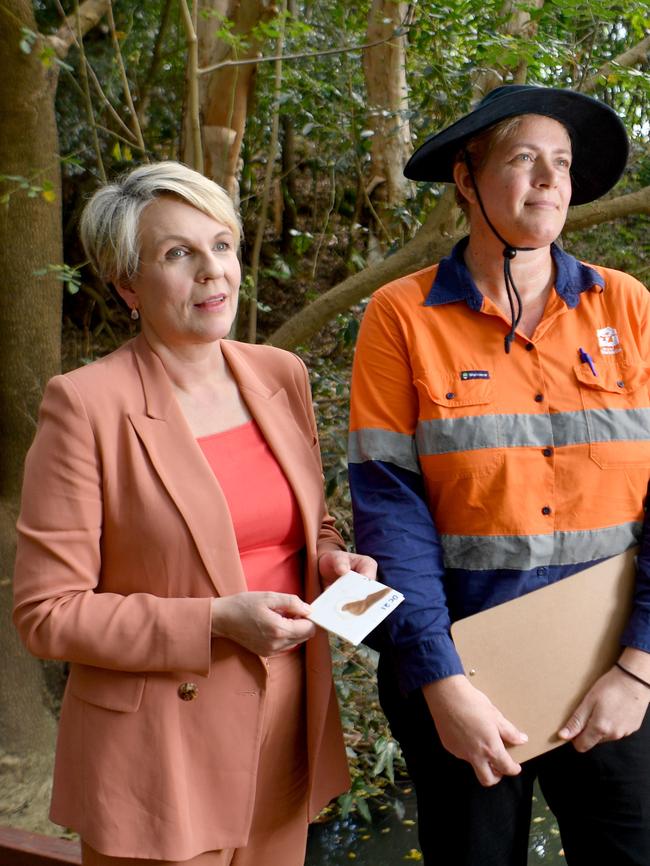
The combined effect of the shortage of land and capital means the sector is fast running out of puff. It is driving the renewable industrial complex’s colonisation of the seas. Offshore wind is costly, technically challenging and environmentally risky.
Sooner or later, the political class must temper its enthusiasm for renewable energy and accept that the laws of physics and economics are not optional. Bowen must realise he is the Energy Minister of Australia, not Fairyland. It will ultimately lead to the adoption of nuclear energy. The only question is how much damage is done in the meantime.
Nuclear has far less impact on natural landscapes, occupies less space and can be built on brownfield sites such as existing power stations. Nuclear requires some trade-offs, but far fewer than renewable sources of power.
Nuclear takes years to install, but not as many as it will to build an entire new grid. Small modular reactors have yet to be commercially proven, but the technological challenges have largely been overcome, unlike green hydrogen, for instance.
Nuclear is the most expensive form of clean energy there is except for all the others.
Nick Cater is senior fellow at the Menzies Research Centre.



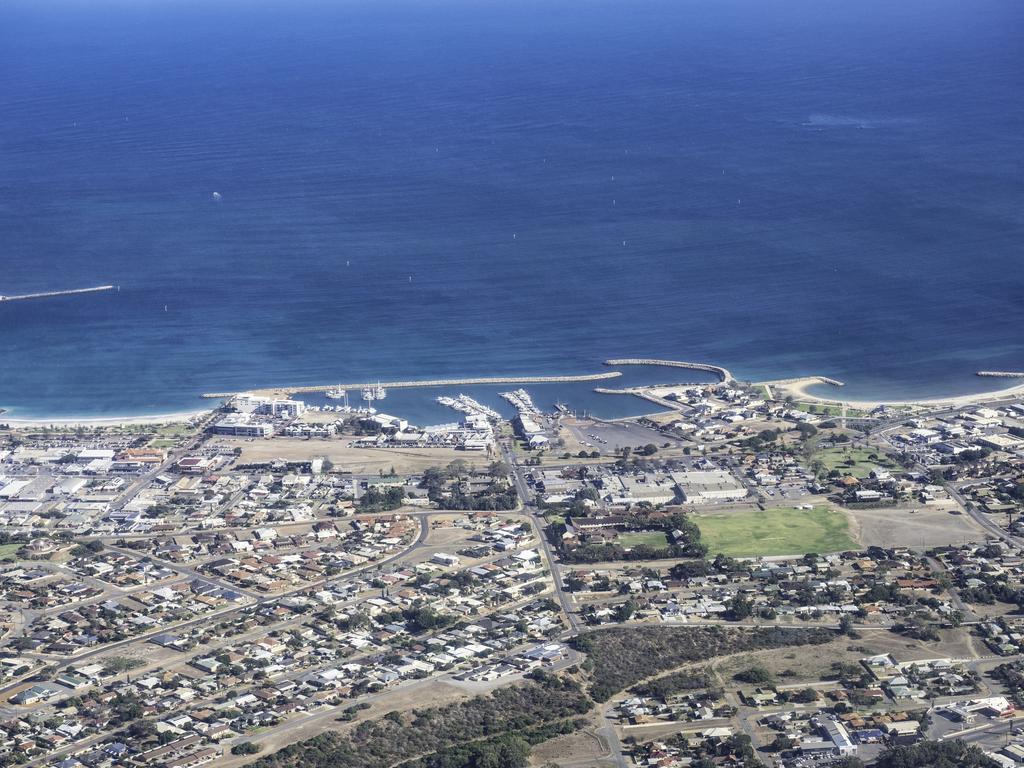

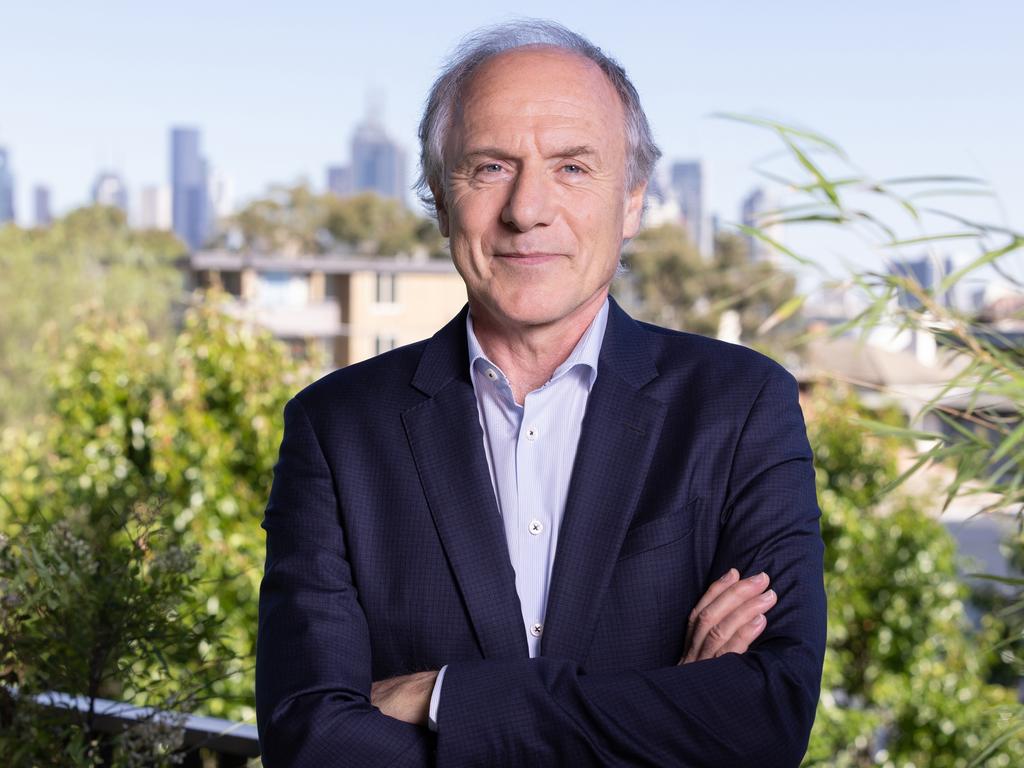


Self-doubt is not an expression that springs to mind when describing a public appearance by the federal Energy Minister. Yet Chris Bowen was notably less sanguine in his recent comments to the Australian Business Council in Japan, conceding the green leap forward was not as simple as some might imagine.